Posts Tagged Dharma
Good and Evil, Sin and Karma
Posted by Kim Graae Munch in Esoterics, Rosicrucianism on July 23, 2009
Good is Love, and Evil is lack of Love, and Love is Christ (Son of God in the hexagram).
Love is the equilibrium of the Father and the Mother, and lack of Love is when we are out of equilibrium, that is, either the Father or the Mother are dominating. On Earth this condition is called evil, or to be precise, Lucifer and Ahriman (Satan, Mammon, …) to show what dominates.

Sinning creates karma, karma and sin is the same, and you sin when you do something you know is evil/wrong, so a cannibal living in a cannibalistic tribe didn’t create karma because of cannibalism, before the christian priests came and told him it was sinful to kill. This is also one of the reasons why children don’t create karma, they don’t yet know what is right or wrong.
Remember, karma helps us to grow, it’s our memory from life to life.
A Rosicrucian once said: “We are on this Earth to sin, so sin, until you is tired of it, then stop, don’t continue as per habit.”. Or, in other words: It’s OK to fall, but not to stay down.
Those who don’t live because they are afraid to Sin don’t learn, they don’t create the necessary equilibrium between Chaos and Order, Feelings and Thinking, giving Love, Wisdom, and Will.
Free Will ?
We share karma with a lot of people, and to work with our karma we have to meet these people, so we can’t run around freely following our whims, we need a path through life leading us to those we share our fate with, dharma, the wisdom of our life.

Karma is the sea where we are sailing in our ship, dharma is the wind blowing us from one karmic relation to the next. How we handle our karma is our obligation and here we have free will, but the path we follow between the people we have to meet is handled by our higher I, prepared while we sleep.
The Eightfold Path
Posted by Kim Graae Munch in Buddhism, Rosicrucianism on March 18, 2009
The Eightfold Path
The Wheel of Dharma
1. Right View –
I view things from what appears to me outwardly.
Man attains this kind of knowledge about the world when he acquires a right view of things, a view that has nothing to do with sympathy or antipathy or preference of any sort. He must strive as best he can to acquire the right view of each thing, purely according to what presents itself to him outwardly. That is the first principle: the Right View of things.

2. Right Intent –
I judge in accordance with my right view.

3. Right Speech –
I give true expression of my right view and judgment.

4. Right Focus –
I let my right view, judgment, and speech become deed.

5. Right Alertness –
I act in my highest and best line of work.

6. Right Purpose –
I work steadily till right action becomes a habit in me.

7. Right Effort –
I link the present with the past and thus account for what I have already learned in previous lives.

8. Right Motivation –
I let the things of the world speak directly to me without partiality to views of other humans or my former incarnations.
 Buddha – Mercury
Buddha – Mercury
This is the Eightfold Path, of which Buddha said to his disciples that if followed it would gradually lead to the extinction of the thirst for existence with its attendant suffering, and impart to the soul something that brings liberation from elements enslaving it from past lives.
Throat Chakra, the Sixteen Petaled Lotus
The Eightfold Path is connected to the Vishuddha, the throat Chakra or the Sixteen Petaled Lotus as Rudolf Steiner Calls the astral organ.
In “Knowledge of the Higher Worlds And Its Attainment” Rudolf Steiner goes more in depth with the Eightfold Path. The Initial words from the text about the Sixteen Petaled Lotus:
The organ in the vicinity of the larynx has sixteen petals or spokes; the one in the region of the heart twelve, and the one in the pit of the stomach ten.
Now certain activities of the soul are connected with the development of these organs, and anyone devoting himself to them in a certain definite way contributes something to the development of the corresponding organs. In the sixteen-petaled lotus, eight of its sixteen petals were developed in the remote past during an earlier stage of human evolution. Man himself contributed nothing to this development; he received them as a gift from nature, at a time when his consciousness was in a dull, dreamy condition. At that stage of human evolution they were in active use, but the manner of their activity was only compatible with that dull state of consciousness. As consciousness became clearer and brighter, the petals became obscured and ceased their activity. Man himself can now develop the remaining eight petals by means of conscious exercises, and thereby the whole lotus flower becomes luminous and mobile. The acquisition of certain faculties depends on the development of each one of the sixteen petals. Yet, as already shown, only eight can be consciously developed; the remainder then appear of their own accord.
The development proceeds in the following manner. The student must first apply himself with care and attention to certain functions of the soul hitherto exercised by him in a careless and inattentive manner. There are eight such functions …
[In Danish: “Hvordan når man til erkendelse af de højere verdener?” af Rudolf Steiner.]
References
I have made the presentation of Buddhas Eightfold Path from Rudolf Steiners lectures on The Gospel of Luke.
The goal was to make a short and simple description of the path, followed with references for deeper understanding of the why.
Se also the Twelf Petaled Lotus, Ahanhata, The Heart Chakra:
And the Six Petaled Lotus, Svadhistana, The Sacral Chakra:
Kristina Kaine has elaborated over the theme in “Eightfold Path of Buddha in the Gospel of St John“.
A meditation for modern man: Meditation as contemplative inquiry : when knowing becomes love / Arthur Zajonc
See also The Noble Eightfold Path at Wikipedia.



 Chthonian Snake Goddess
Chthonian Snake Goddess Cihuacoatl – Snake Woman
Cihuacoatl – Snake Woman Nāga kanya – Hindu Snake Woman
Nāga kanya – Hindu Snake Woman
 Aida Wedo – Haiti
Aida Wedo – Haiti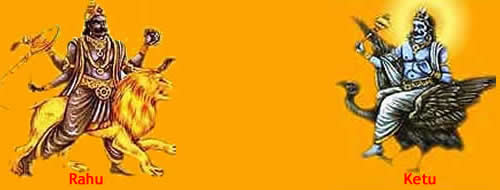 Rahu and Ketu
Rahu and Ketu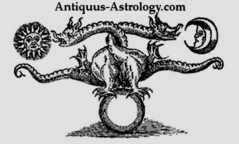 Rahu and Ketu
Rahu and Ketu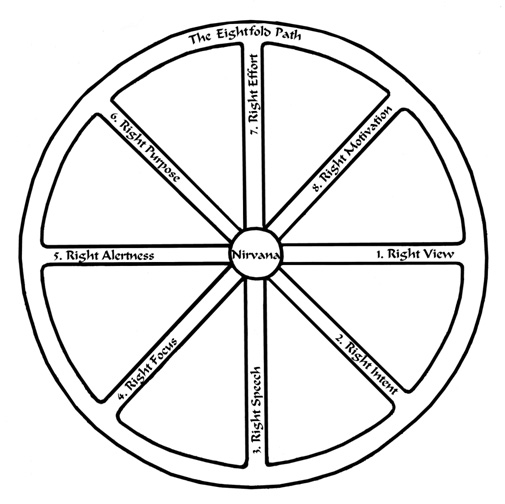

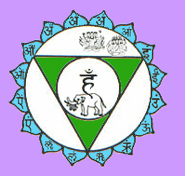
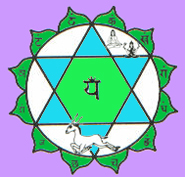
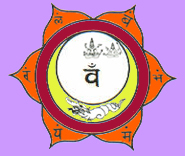



 All things in the universe are either Yin or Yang, but there are no absolutes: nothing is ever all Yin or all Yang, but a balance between the two forces, when for example day changes into night, it is an example of Yang changing into Yin; when winter turns into spring; it is considered a changing from Yin to Yang.
All things in the universe are either Yin or Yang, but there are no absolutes: nothing is ever all Yin or all Yang, but a balance between the two forces, when for example day changes into night, it is an example of Yang changing into Yin; when winter turns into spring; it is considered a changing from Yin to Yang. Chart of the Great Ultimate (Taiji tu)
Chart of the Great Ultimate (Taiji tu)




![kimgraaemunch [] GMail () com](https://kimgraaemunch.files.wordpress.com/2017/02/kimgraaemunch-g.png?w=210)












